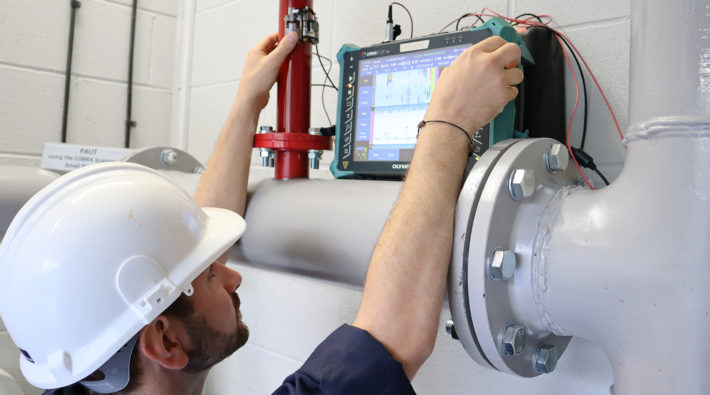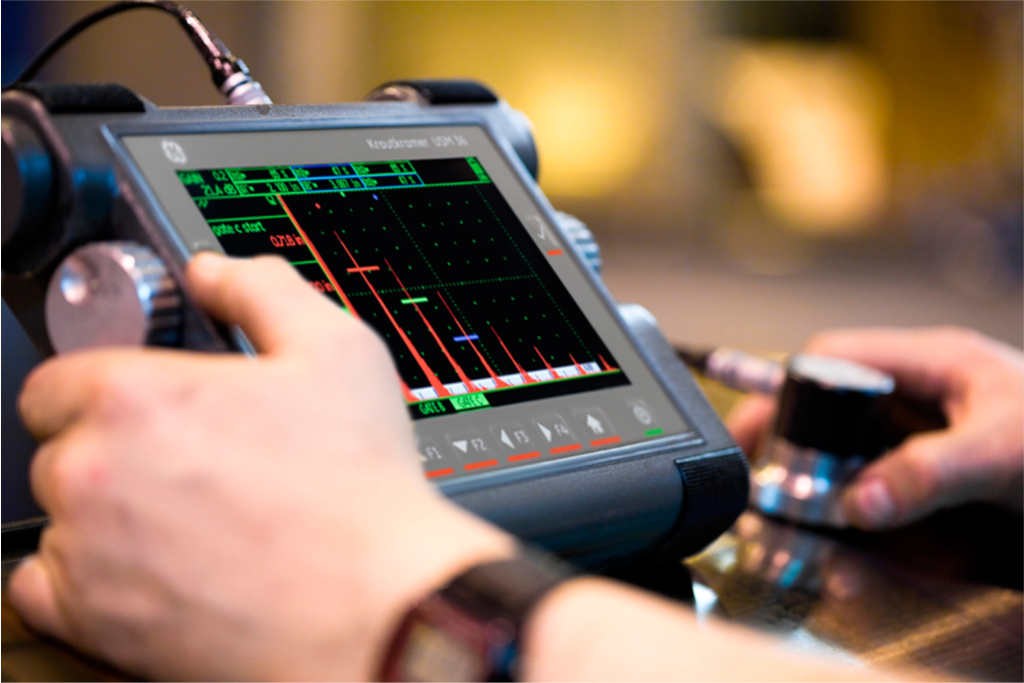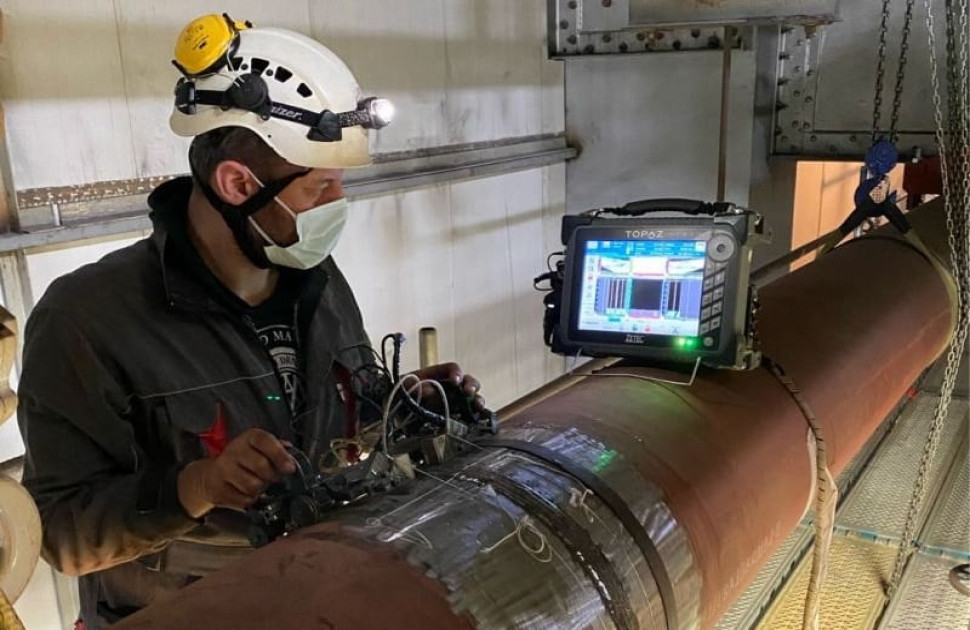In the world of quality assurance, ensuring the accuracy of instruments is crucial. This step by step frequency calibration guide is designed to help industry professionals understand and implement precise calibration techniques. Calibration is essential for maintaining the reliability and precision of equipment used in various sectors. It’s a systematic process that requires attention to detail and adherence to specific protocols.

Understanding Frequency Calibration
Frequency calibration is the process of comparing the output frequency of an instrument with a standard reference to identify any discrepancies. This ensures that the instrument is providing accurate measurements, which is vital for quality control and compliance with industry standards.
Importance of Calibration
Calibration is important for several reasons. It ensures the accuracy of measurements, helps maintain compliance with industry regulations, and can improve the overall efficiency of operations by reducing errors. Regular calibration can also extend the lifespan of equipment, as it identifies potential issues before they lead to significant problems.
Tools Required for Frequency Calibration
Before starting the calibration process, it’s important to gather the necessary tools. These typically include a frequency counter, signal generator, and a standard reference. Each of these tools plays a critical role in ensuring the accuracy of the calibration process.
Frequency Counter
The frequency counter is used to measure the frequency of the signal being produced by the instrument. This is then compared to the standard reference to identify any discrepancies.
Signal Generator
The signal generator produces a stable and accurate frequency that can be used as a reference point during the calibration process. This ensures that the frequency being measured is accurate and reliable.
Step by Step Calibration Process
Step 1: Preparation
Begin by preparing the equipment and workspace. Ensure that all tools are calibrated and in good working condition. This includes checking the connections and setting up the equipment according to the manufacturer’s instructions.
Step 2: Setting the Reference
Next, set the signal generator to the desired frequency. This will act as the standard reference during the calibration process. Ensure that the frequency is stable and accurate before proceeding.
Step 3: Measuring the Frequency
Use the frequency counter to measure the output frequency of the instrument. Compare this measurement with the standard reference to identify any discrepancies. If the frequency is within the acceptable range, the instrument is considered calibrated.
Step 4: Adjusting the Instrument
If discrepancies are identified, adjust the instrument settings to align with the standard reference. This may involve making changes to the internal settings or components of the instrument to ensure accurate measurements.
Challenges in Frequency Calibration
Despite its importance, frequency calibration can present several challenges. These can include environmental factors, equipment limitations, and the need for specialized knowledge and skills. Understanding these challenges and how to address them is essential for successful calibration.
Environmental Factors
Environmental factors such as temperature, humidity, and electromagnetic interference can impact the accuracy of frequency measurements. It’s important to control these factors as much as possible during the calibration process.
Equipment Limitations
Equipment limitations can also pose challenges during calibration. This can include limitations in the accuracy and precision of the tools being used, as well as the need for regular maintenance and calibration of the tools themselves.
Maintaining Calibration Records
Maintaining detailed records of the calibration process is essential for ensuring compliance and traceability. These records should include information on the equipment being calibrated, the tools used, the results of the calibration, and any adjustments made.
Importance of Traceability
Traceability is important for ensuring that the calibration process can be verified and validated. This is particularly important in industries where compliance with standards and regulations is essential.
Calibration Intervals
Determining the appropriate intervals for calibration is also important. This will depend on several factors, including the type of equipment, its usage, and the industry standards. Regular calibration helps ensure ongoing accuracy and reliability.
Advanced Calibration Techniques
For those looking to enhance their calibration skills, there are several advanced techniques that can be explored. These include the use of automation, data analysis, and predictive maintenance to improve the efficiency and accuracy of the calibration process.
Automation
Automation can help streamline the calibration process, reducing the time and effort required. This can include the use of automated tools and software to perform routine calibration tasks.
Data Analysis
Data analysis can also play a role in improving calibration accuracy. By analyzing calibration data, professionals can identify trends and patterns that may impact the accuracy of measurements.
Predictive Maintenance
Predictive maintenance involves using data and analytics to predict when equipment will need maintenance or calibration. This can help prevent issues before they arise, reducing downtime and improving efficiency.
Conclusion
Frequency calibration is an essential process for ensuring the accuracy and reliability of instruments used in quality assurance. By following this step by step frequency calibration guide, industry professionals can ensure that their equipment is calibrated accurately and efficiently. This not only helps maintain compliance with industry standards but also improves the overall efficiency and reliability of operations.
Further Learning
For more information and resources on frequency calibration, consider visiting the HS&E website for detailed guidelines and best practices.

FAQ
What is frequency calibration?
Frequency calibration is the process of ensuring that an instrument’s output frequency matches a standard reference. This is important for ensuring accurate measurements and maintaining compliance with industry standards.
Why is frequency calibration important?
Frequency calibration is important for ensuring the accuracy and reliability of measurements, maintaining compliance with industry regulations, and improving the overall efficiency of operations.
How often should frequency calibration be performed?
The frequency of calibration will depend on several factors, including the type of equipment, its usage, and the industry standards. Regular calibration is recommended to ensure ongoing accuracy and reliability.
This article contains affiliate links. We may earn a commission at no extra cost to you.
